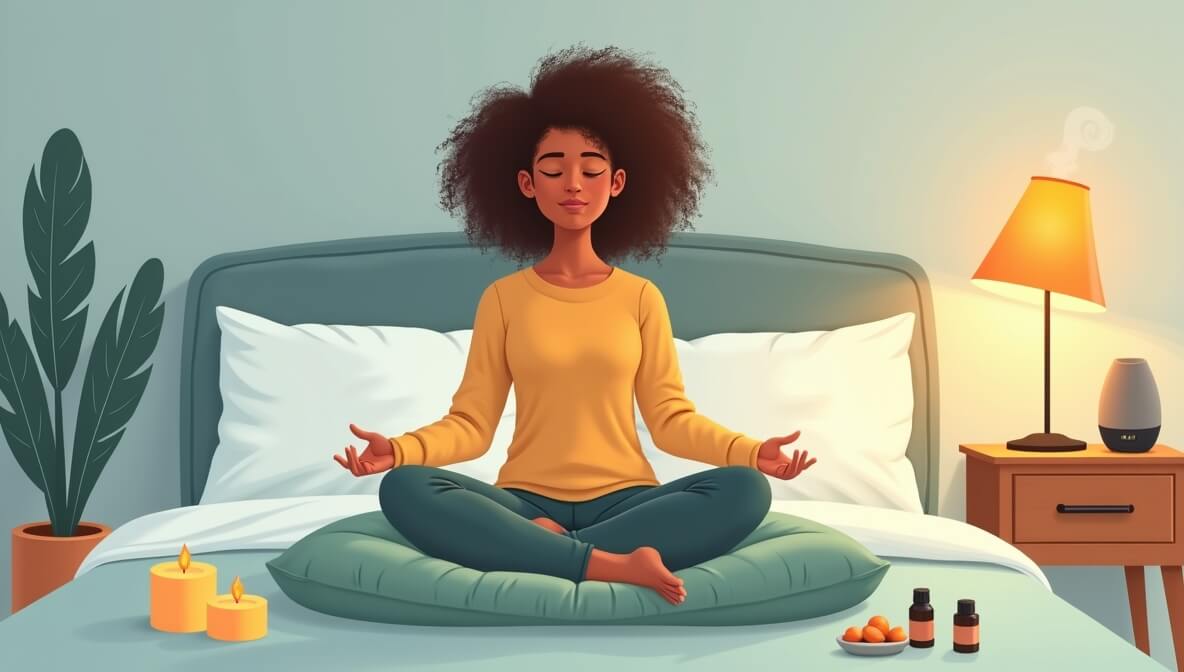
People with sleep apnea usually get told to use a CPAP machine, like it’s the only way to go.
But is that really the case? Let’s check out some other options so you can decide what’s best for you.
First off, the CPAP machine does its job. CPAP stands for ‘Continuous Positive Airway Pressure.’ Just hearing that name, you can guess it’s not the comfiest thing to wear while you’re trying to catch some Z’s.
The CPAP setup includes a mask you strap on your head and a machine that pushes air into your airways to keep them open.
Various side effects have been reported:
- Claustrophobia
- Panic attacks
- Respiratory problems (congestion or inflammation)
- Poor sleep owing to physical discomfort
- Sleep disturbance as a result of noise from the machine or mask (during exhalation)
- Discomfort from poorly fitting masks and skin rashes at points where it contacts the skin.
So, one downside of the CPAP machine is it’s pretty pricey if you want the real deal. Because of that, you might be on the lookout for cheaper and more comfy options to tackle sleep apnea.

Mandibular Advancement Devices – Backed by Science and Success Stories
Medical research has shown that MADs can offer viable alternatives to the CPAP machine and that an effective device will reduce or eliminate both snoring and sleep apnea in a large percentage of patients.
Doctors report success with treating snoring and sleep apnea in patients who are unsuitable for a CPAP machine or who find it too cumbersome and noisy to allow for undisturbed rest.
A plethora of these devices is available on the market, but unfortunately many of them are fitted inside the mouth and are often neither comfortable nor effective. Various approaches ranging from designs that are similar to a mouth-guard or gum-guard to devices that are intended to restrain the tongue exist.
These intra-oral devices come with their own range of issues and problems, the most common of which are pain in the teeth, jaw and tongue after use.
However, the principle of advancing the jaw to lift the soft palate and prevent the tongue from blocking the airways has proved successful and the device need not necessarily be fitted as an intra-oral device. For example, a straightforward chinstrap can be used to hold the jaw in the required position.
